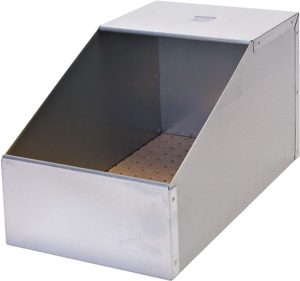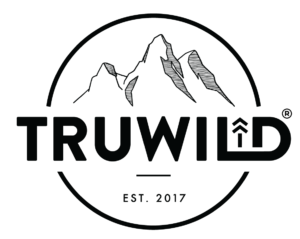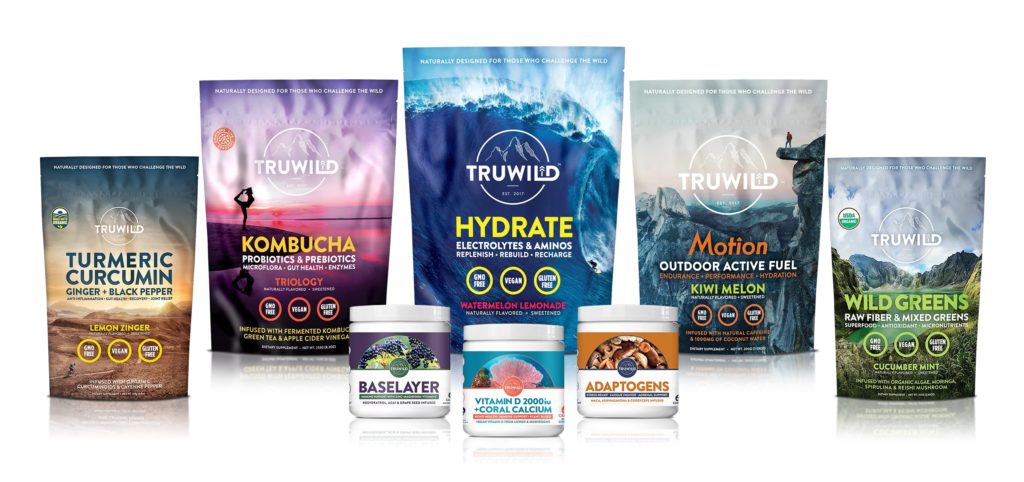In 2023, I decided to stop buying rabbit pellets for our rabbits. The price per bag had reach ridiculous rates from about $12.00 per bag to $28.00 per bag, for what was ultimately processed food. After some research, I’ve come up with a healthier game plan to feed my rabbits.
We were just starting to breed our rabbits again. And knowing that once we have litters, we go through about a 50lb bag of pellets each week. I decided we needed to find a cheaper more sustainable option, but without sacrificing the health of our rabbits.
To be honest, rabbits may be better off without pellets. When you look at the ingredients on your rabbit food labels, it’s generally very disappointing, with ingredients such as wheat middlings (scraps during the milling process), and soy products. I always felt a bit iffy about consuming rabbits that had been eating such feed. You are what you eat, but you’re also what your food eats.
So What Are We Feeding?
Hay: Most of your rabbits’ diet can be made up of free choice hay. Our buck and non-breeding does eat plain old grass hay. This can be Timothy, Bermuda, or Orchard. Does and young rabbits up to 6 months old are on a grass/alfalfa mix for the added protein.
Fodder/Grain: Growing fodder for rabbits only takes about 6 days and adds additional vitamins and minerals. I use the same organic mix as I do for my chickens’ sprouts. You can find that post here. Fodder makes it easy to add anything additional to my rabbits food like sprinkling kelp or BOSS on top. BUT, when it gets hot in the summer, the fodder doesn’t grow very well. So, at those times of the year I’ll do soaked seed or seed that’s been sprouted for up to 3 days. I have found the grain to be important for growing babies and nursing mama’s.
Produce: Leafy greens are an important addition to any rabbits diet. I have separate post on what fruits and veggies you should feed to your rabbits. You can find that post here. We get a lot of our produce for free buy visiting out local health food store and picking up their organic produce scraps when they are available.
Salt: Pellets contain salt. So, in removing the pellets, the rabbits still need access to salt. We provide Himalayan salt licks for our rabbits so they can self-moderate and get what they need.
From The Land: When everything is growing like the meadows and such. We take a little time each day to grab handfuls of nature’s greenery for the rabbits. They especially love the meadow grass. But we’ll offer other plants and weeds too that they’ll pick and choose from. Pine needles are occasional treat for Vit C and as an anti-parasitic. We also like to collect pine bark, branches, and pinecones for the rabbits to chew on for their dental health.
Extras
Anything else we feed is on a random basis and can include . . .
Kelp: Natural source of iodine and a myriad of other trace elements (I do about 1-2 Tbs split between 6 rabbits sprinkled on their fodder/grain)
Moringa Leaf Powder: Very nutritious superfood that also helps in milk production. (About 1 tsp split between 6 rabbits, sprinkled on their fodder/grain)
BOSS (black oil sunflower seeds): Good for coats, high in protein, fiber, calcium, vitamin b-complex, vitamin e, potassium, and iron (about a tsp per rabbit)
Fruit: Should be limited to 1-2 times per week as a treat due to the sugar content (one small chunk per rabbit, no more than 1/4 cup per adult).
Kitchen Scraps: This usually includes the butt end of broccoli, cauliflower, cabbage, watermelon rinds, banana peels, produce that starting to go bad but is not moldy, etc.

Again, this is something we are trying out this year. I will provide and update after we see the results from this new feeding regimen. From what I’ve seen, the only drawback may be babies growing out more slowly. This won’t bother us too much as it should be a healthier meat. We’ll check in later!












